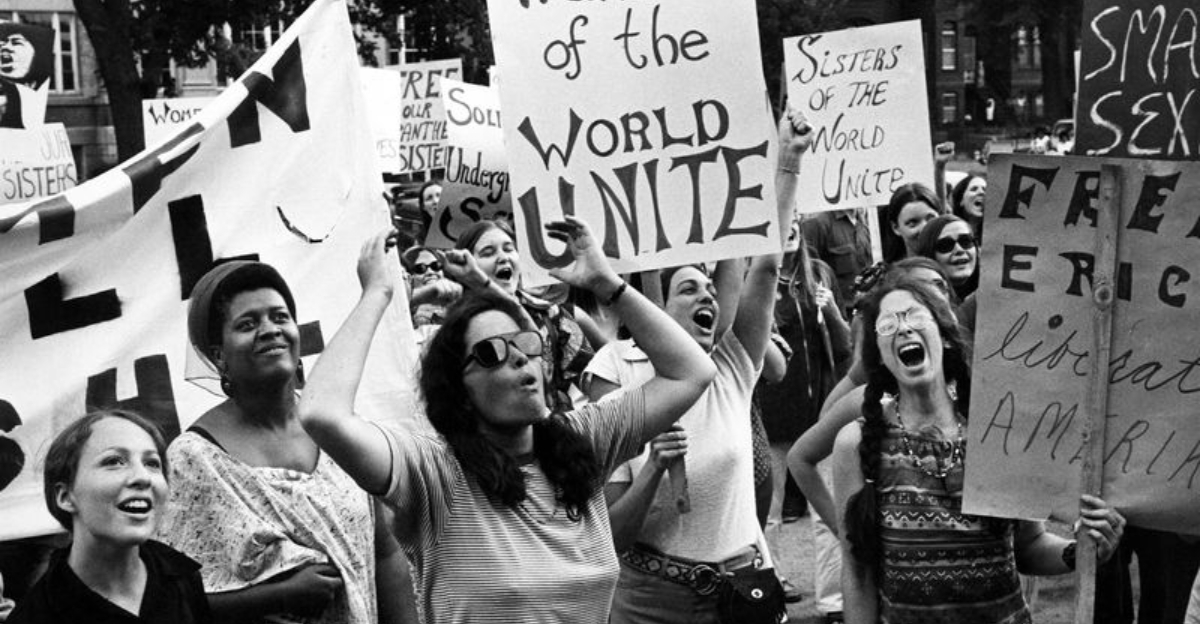18 Surprising Ways Women’s Rights Were Stifled Back In The Day—And How We’ve Changed
The journey towards gender equality has been a long and challenging one, marked by numerous obstacles and breakthroughs.
Women today enjoy rights and freedoms that were unimaginable a few decades ago, thanks to relentless advocacy and societal evolution.
This post highlights 18 surprising restrictions women faced in the past, shedding light on how far we’ve come and the progress still needed to ensure equality for all.
Here’s everything women weren’t allowed to do back in the day:
1. Own a credit card without a husband’s permission
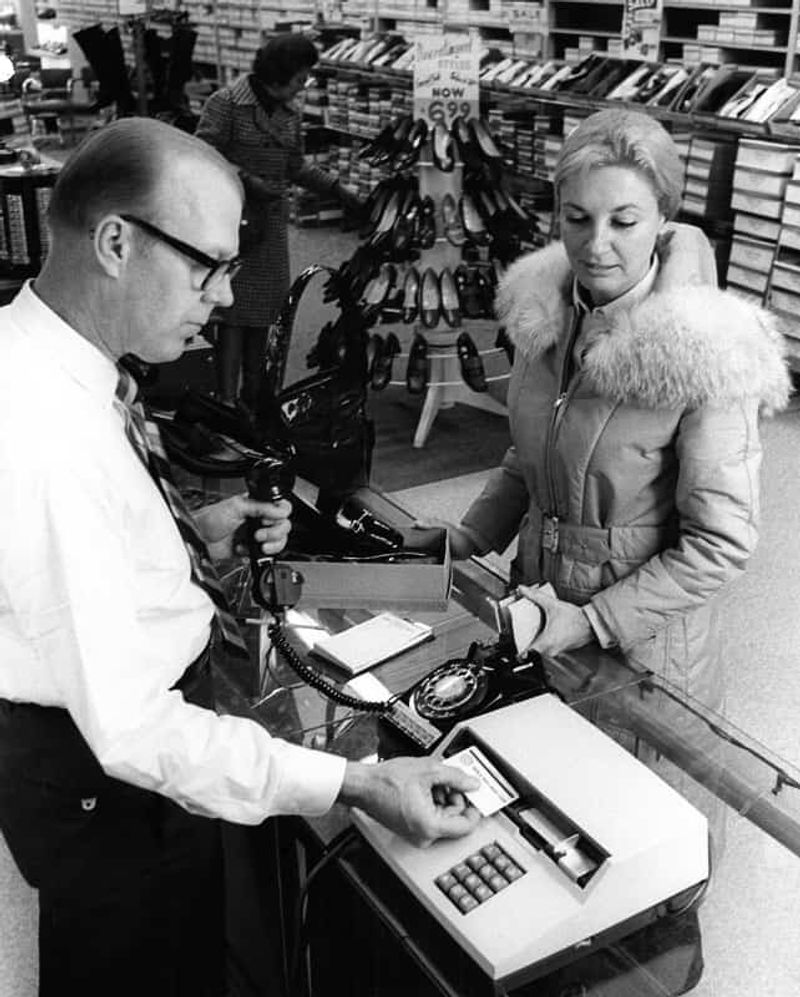
Back in the day, a woman’s financial independence was severely stifled by the inability to own a credit card without her husband’s permission. Picture a woman in the 1970s, standing at a bank counter, her financial dreams crushed by archaic regulations.
Credit cards were a privilege reserved for men, and women were seen as too dependent to handle money. This restriction was only lifted in 1974 with the Equal Credit Opportunity Act, which prohibited discrimination based on gender.
Today, women can not only own credit cards independently but also enjoy a plethora of financial products tailored to their needs. This change has empowered millions, allowing them to build credit histories, invest in businesses, and manage personal finances without male oversight.
Such progress illustrates a significant shift in financial autonomy, proving the importance of legislative changes in fostering gender equality. Next time you swipe your card, remember the struggles overcome to make it possible for everyone.
2. Apply for a mortgage solo
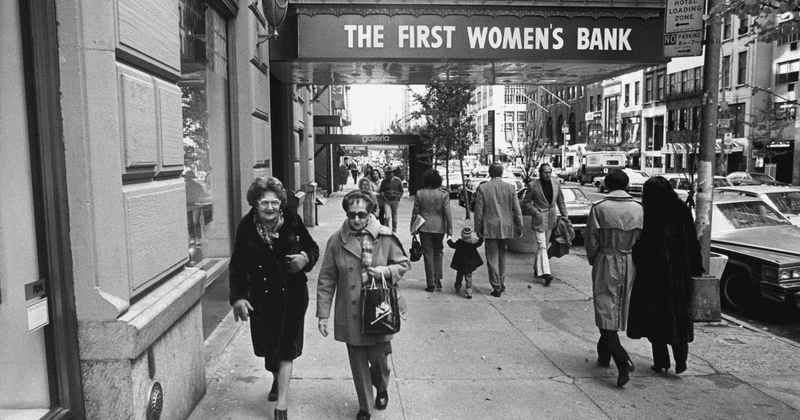
Imagine wanting to own a home but being turned away simply because you didn’t have a man’s signature on your mortgage application. This was the reality for many women before the Equal Credit Opportunity Act of 1974. Women were often seen as financially unreliable, and banks routinely required a man to co-sign any mortgage application, regardless of a woman’s income or creditworthiness.
Such policies limited women’s ability to invest in real estate and achieve financial independence. They had to navigate systemic barriers, undermining their economic security. However, with changing attitudes and legal reforms, women today can apply for mortgages independently, purchasing homes without needing a male guarantor.
This evolution in financial rights has enabled women to build wealth, invest in their futures, and enjoy the independence that homeownership provides. Now, women stand as equals in the real estate market, a testament to persistent advocacy and changing societal norms.
3. Keep a job while pregnant

In the mid-20th century, a woman’s career was often put on hold the moment she announced her pregnancy. Employers would see pregnancy as a liability, and women were frequently forced to resign or were outright dismissed from their jobs. This practice reflected the belief that a woman’s primary role was at home, raising children, not in the workplace.
The Pregnancy Discrimination Act of 1978 marked a turning point, prohibiting employment discrimination based on pregnancy, childbirth, or related medical conditions. This law ensured that women could continue working while pregnant, without fear of unfair treatment or job loss.
Today, women not only keep their jobs during pregnancy but also benefit from maternity leave policies and workplace accommodations. These advancements support women’s right to work and parent simultaneously, highlighting a more inclusive approach to employment and family life.
4. Serve on a jury
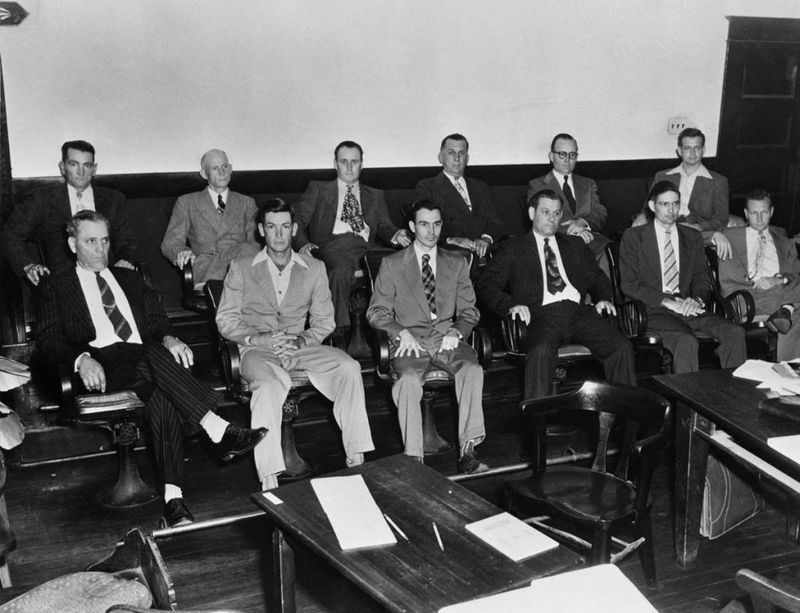
Serving on a jury is a fundamental civic duty, yet women in many states were barred from this responsibility until the 1970s. This exclusion was rooted in outdated perceptions of women’s roles and capabilities, considering them too delicate or biased for the courtroom.
The fight for women’s right to serve on juries was part of a broader struggle for gender equality and civic participation. By ensuring that juries were truly representative of the community, the justice system moved towards fairness and inclusivity.
Today, women actively participate in jury duty across the United States, bringing diverse perspectives and insights to legal proceedings. This change not only embodies gender equality in civic duties but also enhances the quality of justice by reflecting society’s diverse makeup. Women’s presence in juries underscores the importance of equal participation in democratic processes.
5. Wear pants to school or work

Once upon a time, strict dress codes dictated that women and girls could not wear pants to school or work. Imagine the everyday struggle for comfort and practicality sacrificed at the altar of gender norms. In the 1950s and earlier, trousers were deemed inappropriate for women, reinforcing the notion that femininity was tied to appearance.
The push for change came as women demanded the right to dress in a way that reflected their identity and practicality. During the 1960s and 70s, these restrictions began to lift, allowing women to embrace clothing that suited their lifestyle and preferences.
Today, pantsuits and trousers are a staple in women’s wardrobes, symbolizing freedom of expression and equality. This evolution in attire reflects broader societal changes, where individuality and comfort are no longer compromised by outdated gender norms. A simple choice of clothing now stands as a testament to progress.
6. Refuse physical intimacy in marriage
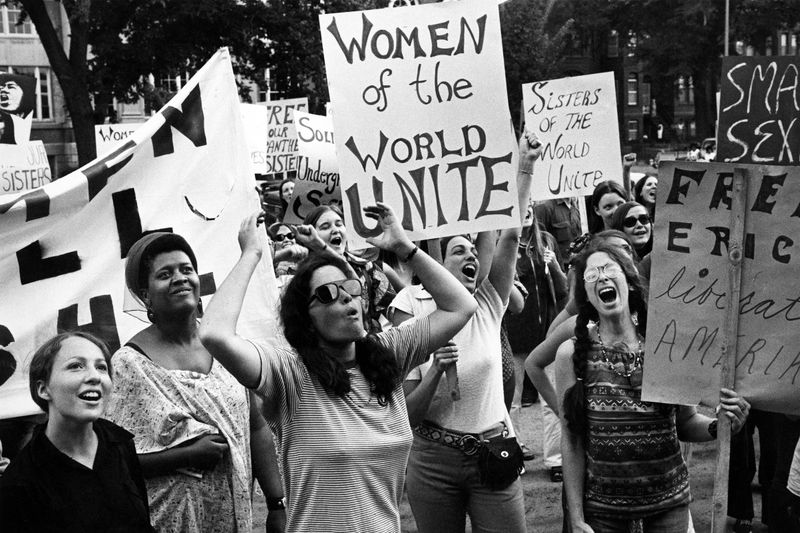
For far too long, marital rape was a concept that many legal systems refused to acknowledge. The idea that consent could be revoked within marriage was alien to many, and it wasn’t until the 1990s that marital rape became criminalized across most U.S. states.
Before this significant legal reform, a woman’s autonomy over her body was severely restricted within marriage, reflecting deep-rooted patriarchal norms. The shift in legal recognition of marital rape marked a crucial step towards respecting women’s rights and personal agency within marriage.
Today, the criminalization of marital rape underscores the understanding that consent is a continuous, non-negotiable right, regardless of marital status. This progress provides a foundation for ongoing discussions about consent, respect, and equality within intimate relationships, highlighting the importance of safeguarding personal rights.
7. Have legal protection from workplace harassment

Workplace harassment was an all-too-common experience for women before laws were enacted to protect them. In the absence of legal protections, many women faced harassment with little recourse, often feeling pressured to endure uncomfortable and demeaning situations to keep their jobs.
The late 1970s saw the introduction of legal frameworks that began addressing workplace harassment, notably through Title VII of the Civil Rights Act. These laws provided women with the ability to challenge such behavior and seek justice.
Today, workplace harassment is recognized as a serious violation of rights, with comprehensive policies and legal recourse available to victims. This advancement not only protects women but also fosters more inclusive and respectful work environments. Addressing harassment remains a key aspect of gender equality, as society continues to work towards eradicating such behavior entirely.
8. Take birth control without being married
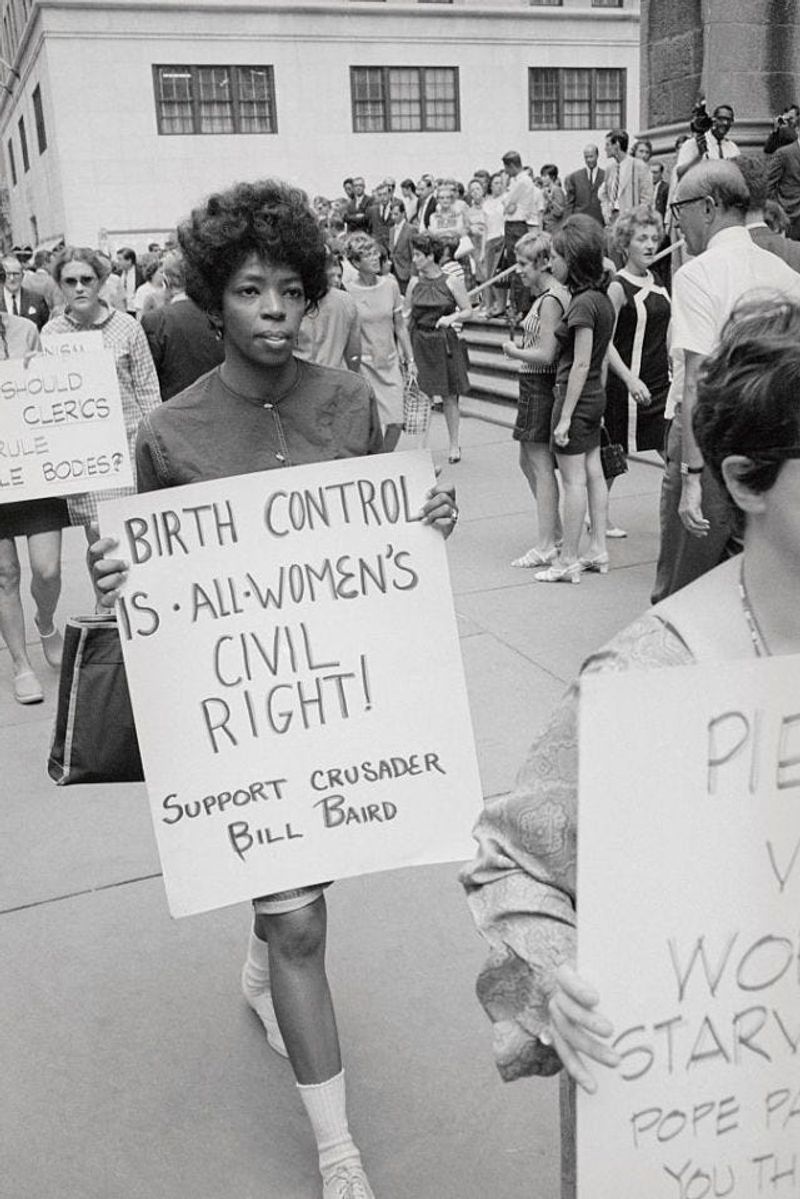
Access to birth control was once a privilege reserved for married women, leaving single women without options for controlling their reproductive health. Before 1972, many states restricted unmarried women from obtaining birth control, reflecting societal norms that linked contraception to marriage.
This changed with the landmark Supreme Court case Eisenstadt v. Baird, which extended the right to privacy and access to contraception to unmarried individuals. This decision marked a significant victory for women’s reproductive rights, affirming their autonomy over personal health decisions.
In today’s society, women have the freedom to make informed choices about their reproductive health, regardless of marital status. Birth control is widely accessible, empowering women to plan their futures and make decisions aligned with their goals and lifestyle. This progress underscores the importance of reproductive rights as a component of gender equality.
9. Run in a marathon

The opportunity to compete in marathons was once denied to women, with events like the Boston Marathon excluding female runners until the 1970s. This exclusion was based on misguided beliefs about women’s physical capabilities and societal roles, perpetuating the notion that long-distance running was a male domain.
The barrier was broken when courageous women like Kathrine Switzer challenged these norms, proving that women could excel in endurance sports. Switzer’s participation in the 1967 Boston Marathon, despite attempts to remove her, highlighted the absurdity of such restrictions.
Today, women not only participate in marathons but also excel, with numerous female runners achieving remarkable feats. The inclusion of women in marathons reflects broader societal changes, celebrating athleticism and challenging gender stereotypes in sports. This progress continues to inspire future generations of female athletes.
10. Open a business loan without male backing

Entrepreneurial aspirations for women were once thwarted by the requirement for male backing when applying for business loans. This restriction was rooted in the belief that women were financially dependent and incapable of managing businesses without a man’s supervision.
The enactment of the Women’s Business Ownership Act of 1988 marked a watershed moment, removing gender-based barriers and supporting women entrepreneurs. This law enabled women to secure business loans independently, reflecting a shift towards recognizing their capabilities and contributions to the economy.
Today, women-owned businesses are thriving, contributing significantly to innovation and economic growth. Women entrepreneurs enjoy access to financial resources and support networks, empowering them to turn their visions into reality. This change underscores the importance of equal opportunities in entrepreneurship, propelling economic progress and gender equality forward.
11. Attend some universities
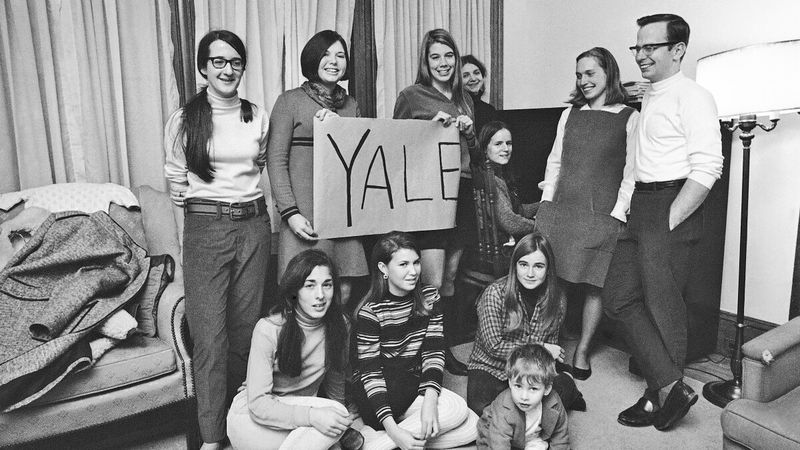
Higher education was once a privilege primarily reserved for men, with prestigious institutions like Ivy League universities excluding women until the 1960s and 70s. This educational barrier reflected broader societal beliefs that prioritized male education and professional advancement.
The shift towards co-education marked a significant step in recognizing women’s right to equal educational opportunities. As universities opened their doors to women, they embraced diverse perspectives, enriching academic environments and fostering gender equality.
Today, women pursue higher education in greater numbers than ever before, excelling across disciplines and contributing to groundbreaking research and innovations. The integration of women into universities highlights the transformative impact of inclusive education, empowering women to achieve academic and professional success.
12. Divorce a husband for abuse
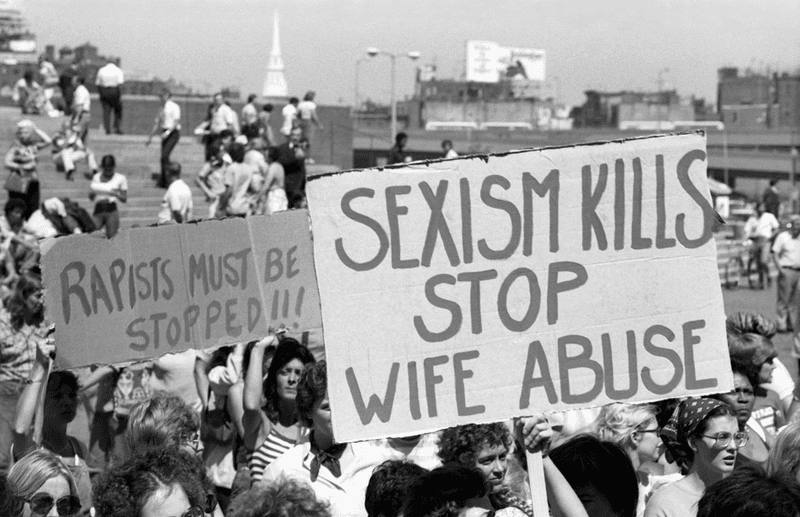
The ability to divorce a husband for abuse was once a legal hurdle many women struggled to overcome. Domestic abuse was often dismissed as a private issue, leaving women trapped in harmful marriages without legal recourse or support.
The feminist movements of the 1970s and 80s advocated for legal reforms, bringing domestic violence into the public sphere and establishing protections for victims. Laws began to recognize domestic abuse as a legitimate ground for divorce, offering women a legal pathway to escape abusive relationships.
Today, legal systems worldwide recognize the severity of domestic abuse, providing support and protection for survivors. While challenges persist, the progress made in addressing domestic violence highlights the importance of legal frameworks in safeguarding women’s rights and well-being. Continued advocacy is crucial to ensure that all survivors have access to justice and support.
13. Be a police officer or firefighter

Public safety professions like policing and firefighting were historically closed to women, based on stereotypes about physical strength and capability. Women who aspired to these roles faced significant barriers, from outright bans to pervasive discrimination.
The late 20th century saw a push for gender equality in public safety, with women challenging stereotypes and proving their competence in these demanding roles. Legal reforms and advocacy opened doors for women, enabling them to pursue careers as police officers and firefighters.
Today, women serve as integral members of police and fire departments, contributing to diverse and effective public safety teams. Their presence reflects the dismantling of gender barriers and the recognition of women’s abilities to excel in all professions. Continued efforts are necessary to ensure equal opportunities and support for women in these fields.
14. Compete in certain Olympic events
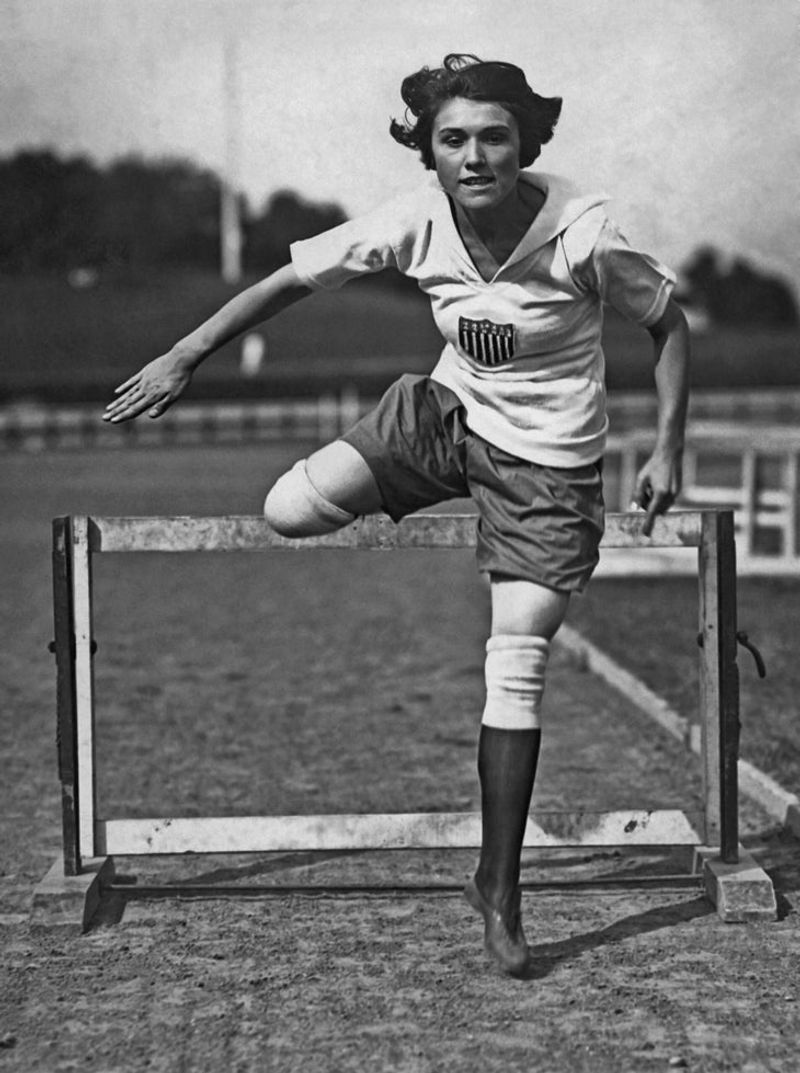
The world of sports was once heavily gendered, with certain Olympic events entirely closed off to women. This exclusion was rooted in outdated beliefs about women’s physical capabilities and societal roles, limiting their opportunities in athletics.
The push for gender equality in sports gained momentum in the late 20th century, leading to the inclusion of women in a wider range of Olympic events. This change was driven by advocates who challenged stereotypes and demanded equal opportunities for female athletes.
Today, women compete in nearly all Olympic events, showcasing their prowess and breaking records. This progress reflects the broader societal shift towards recognizing women’s capabilities in all areas, including sports. The inclusion of women in the Olympics has inspired generations of female athletes, proving that athletic talent knows no gender boundaries.
15. Be taken seriously in politics
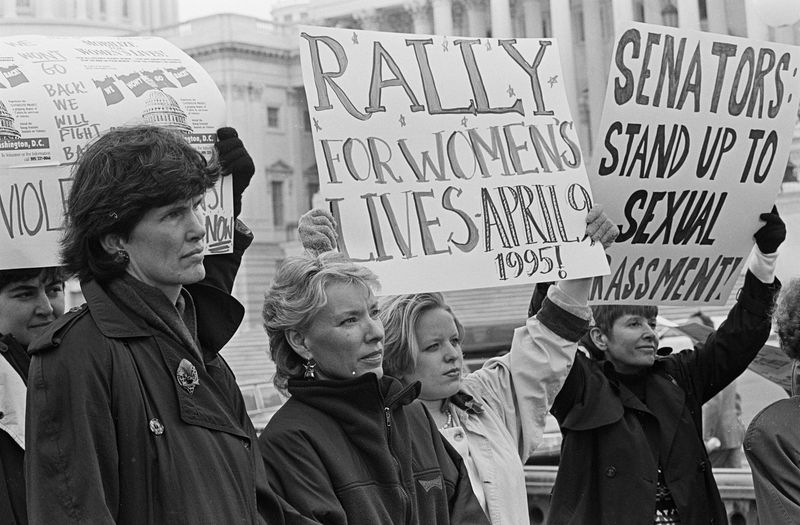
In the political arena, women once faced significant obstacles, with their candidacies often met with skepticism and hostility. Gender biases and societal norms limited women’s political participation, reinforcing the idea that leadership was a male domain.
The late 20th century saw women breaking through political barriers, challenging stereotypes and proving their capabilities as leaders and policymakers. Women’s movements and advocacy played a crucial role in supporting female candidates and promoting gender equality in politics.
Today, women hold positions of power and influence across the globe, shaping policies and driving change. While challenges remain, the political landscape is increasingly inclusive, recognizing the value of diverse voices in governance. The progress made in women’s political participation underscores the importance of continued advocacy for gender equality in leadership.
16. Get a tubal ligation without spousal consent

The decision to undergo a tubal ligation, a permanent form of birth control, was once not entirely a woman’s to make. Many doctors required spousal consent, reflecting patriarchal norms that denied women autonomy over their reproductive choices.
Legal and societal changes in the late 20th century challenged these restrictions, affirming a woman’s right to make decisions about her body independently. This shift recognized the importance of personal agency and reproductive rights as fundamental human rights.
Today, women can pursue tubal ligations and other reproductive health procedures without needing a partner’s approval. This progress highlights the ongoing fight for reproductive autonomy and the importance of respecting women’s choices in healthcare. Ensuring that women have control over their reproductive health is a crucial aspect of gender equality and personal freedom.
17. Talk openly about periods or reproductive health

Discussions about menstruation and reproductive health were once shrouded in secrecy and taboo. Conversations were often avoided, leading to misinformation and perpetuating stigma around natural bodily functions.
The 1990s saw a growing movement to break these taboos, encouraging open dialogue and education about reproductive health. Advocacy efforts aimed to normalize these discussions, empowering women to take control of their health and well-being.
Today, conversations about periods and reproductive health are becoming more mainstream, supported by educational initiatives and awareness campaigns. This progress fosters a more informed and inclusive society, where women can speak openly about their health without fear of judgment. Embracing open dialogue about reproductive health is key to breaking down stigmas and promoting women’s empowerment.
18. Ask for equal pay—and expect to get it
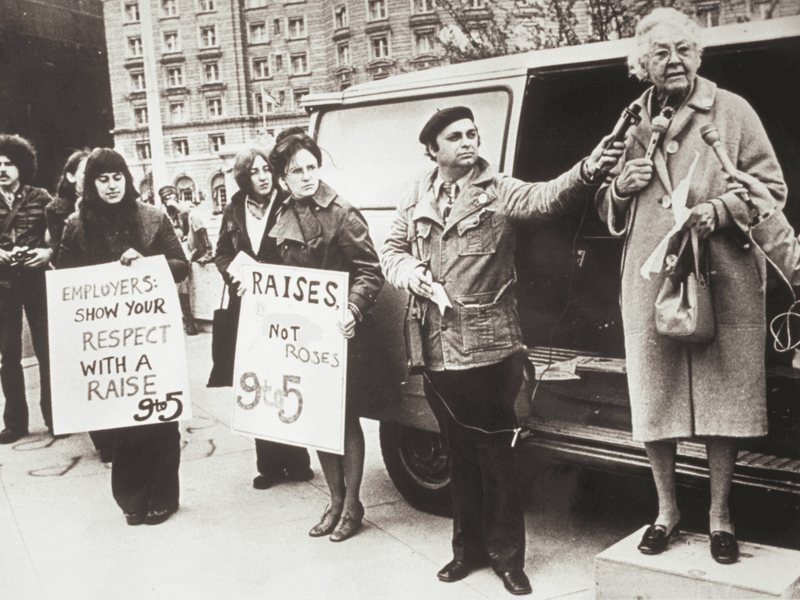
The fight for equal pay has been a long-standing battle, with women historically earning less than their male counterparts for equivalent work. This wage gap was a reflection of broader gender inequalities, undervaluing women’s contributions in the workplace.
The Equal Pay Act of 1963 was a pivotal step towards addressing this disparity, yet the journey towards pay equity continues. Women today are increasingly empowered to negotiate salaries and demand equal compensation, supported by advocacy and awareness of pay discrimination.
While progress has been made, achieving equal pay remains a work in progress. Continued efforts are essential to close the wage gap and ensure that women receive fair compensation for their work. The pursuit of equal pay is a fundamental aspect of gender equality, highlighting the need for ongoing advocacy and policy change.

